Northern Kenya & Frontier Lands of Kenya
Northern Kenya is a remote and rugged region known for its dramatic landscapes, including deserts, volcanic craters, and vast wilderness.
It's rich in cultural diversity, home to pastoralist communities like the Samburu and Turkana.
Wildlife is uniquely adapted here, and destinations like Lake Turkana and Marsabit offer raw, off-the-beaten-path adventure.
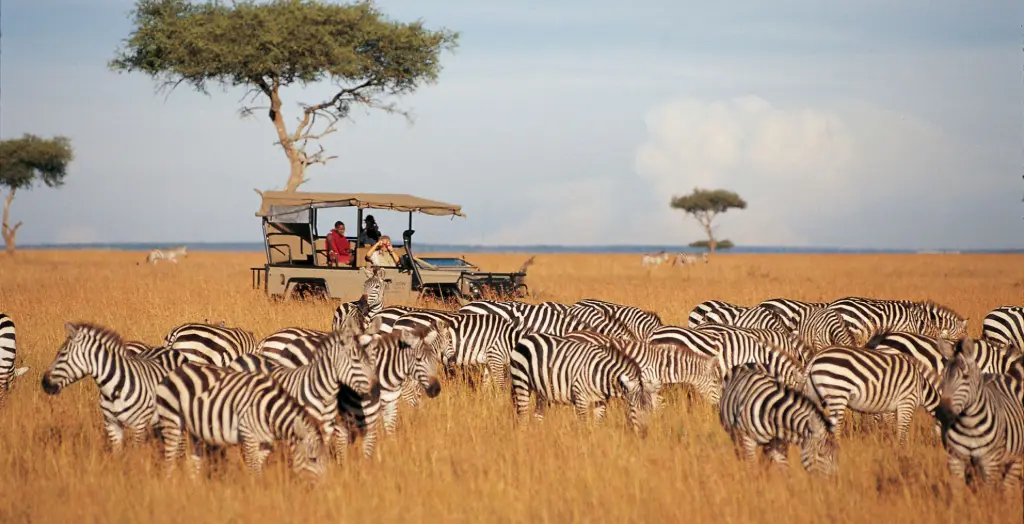
Samburu National Reserve
Located in Kenya’s rugged north, Samburu is one of the country’s most distinctive reserves, set against a backdrop of dusty plains and the Ewaso Ng’iro River. It's known for its rare “Samburu Special Five”: Grevy’s zebra, reticulated giraffe, Somali ostrich, Beisa oryx, and gerenuk. Game drives here are quieter and more personal than in the south, often with dramatic sightings of elephants and big cats.
Visitors can also engage with the local Samburu people, whose colorful traditions and attire offer a cultural experience as vibrant as the landscape.
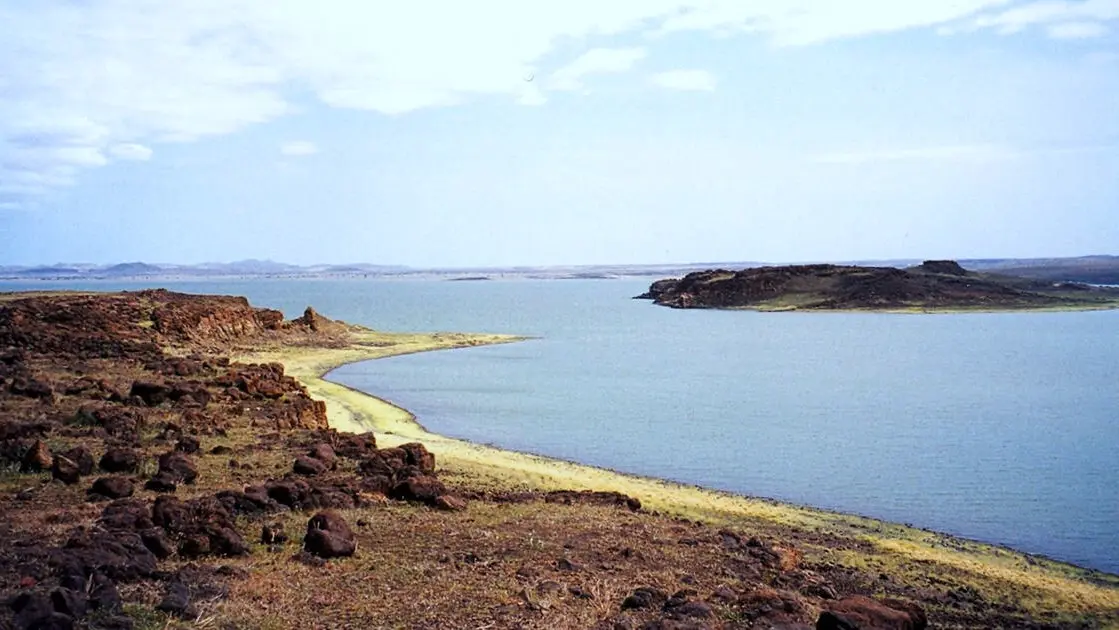
Lake Turkana
Often called the “Jade Sea” for its striking blue-green waters, Lake Turkana is the world’s largest desert lake and one of Kenya’s most remote destinations. Surrounded by lava fields and volcanic ridges, it’s a dramatic sight in the midst of an arid, unforgiving landscape. The lake supports a unique ecosystem with abundant birdlife and Africa’s largest population of Nile crocodiles.
Travelers can explore ancient cultures, fossil sites, and untouched beauty that few ever get to witness firsthand.

Central Island National Park
This volcanic island in the middle of Lake Turkana is a hauntingly beautiful and isolated destination, only accessible by boat. The island features three crater lakes, including one filled with flamingos and another inhabited by crocodiles.
Hiking here feels like stepping onto another planet—quiet, surreal, and raw. It’s a magnet for birdwatchers, adventurers, and those fascinated by geology and ancient volcanic formations.
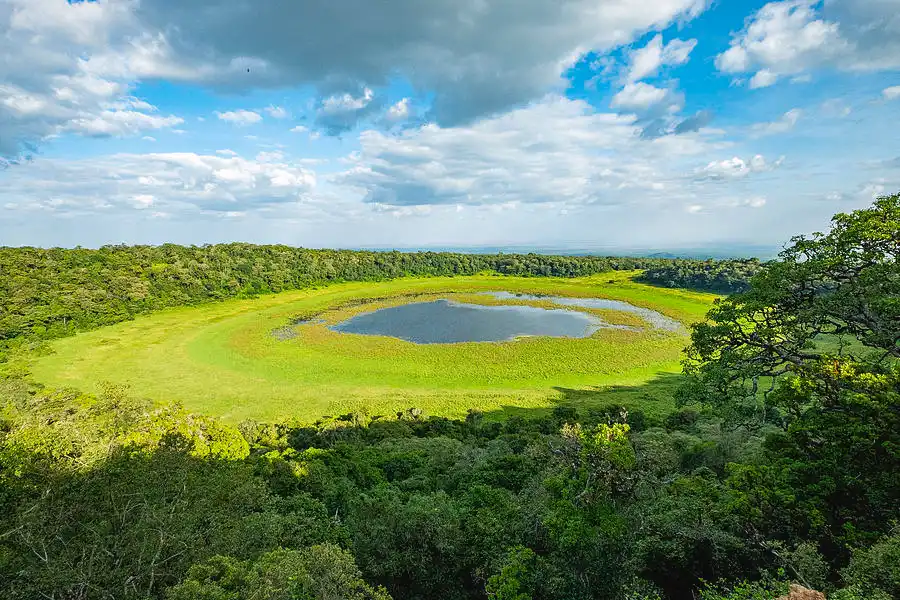
Marsabit National Park
Marsabit is a surprising oasis rising from Kenya’s northern deserts, with a mist-covered forest that shelters elephants, buffalos, and leopards. The park surrounds the extinct Mount Marsabit volcano and features several crater lakes, including the scenic Lake Paradise. Its cool climate and green canopy offer a stark contrast to the surrounding arid lands, and the park is also steeped in local folklore and history.
Birdwatching here is excellent, with over 350 recorded species.
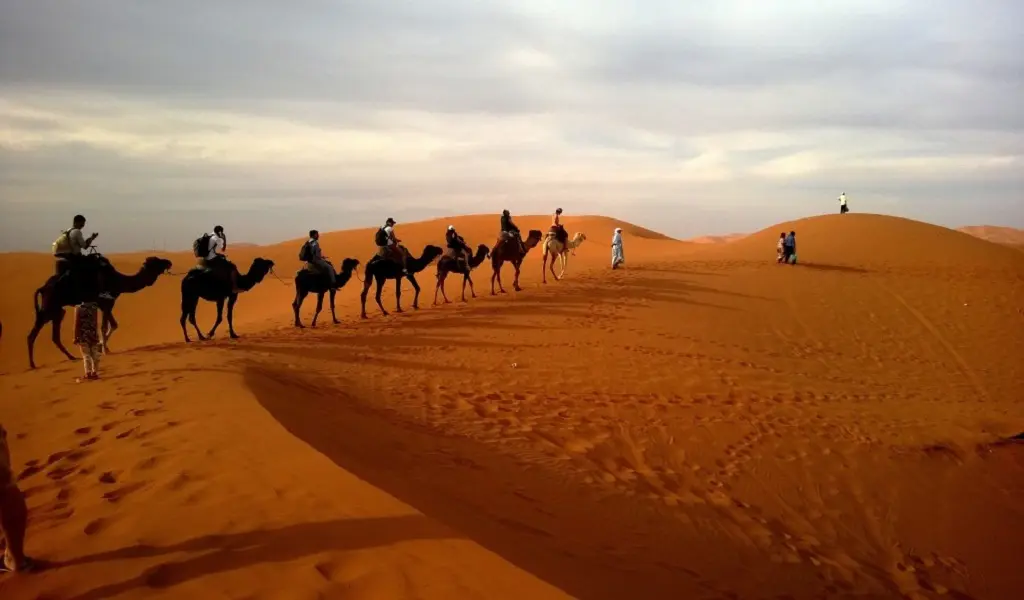
Chalbi Desert
Stretching across northern Kenya, the Chalbi Desert is a vast expanse of salt flats, ancient lakebeds, and shifting dunes. It’s one of the most extreme and remote landscapes in East Africa, offering stark beauty and a sense of timeless solitude.
Visitors can traverse the desert by 4x4 or camel caravan, visit the Gabra communities, and enjoy stargazing under some of the clearest skies on the continent. It's a photographer’s dream and an adventurer’s challenge.
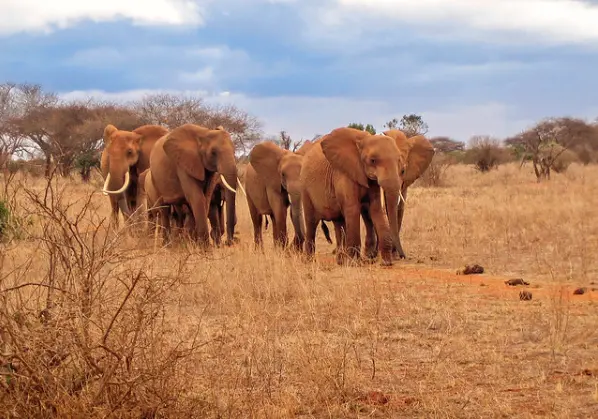
Sibiloi National Park
This UNESCO-listed park on the northeastern shore of Lake Turkana is globally recognized for its fossil sites, which have produced some of the earliest evidence of human evolution. Known as part of the “Cradle of Mankind,” Sibiloi combines ancient history with remote wilderness.
Fossils of giant tortoises, crocodiles, and early hominids have been unearthed here, making it a top destination for those interested in paleoanthropology. The arid landscape, flanked by the lake, adds to its desolate and awe-inspiring charm.
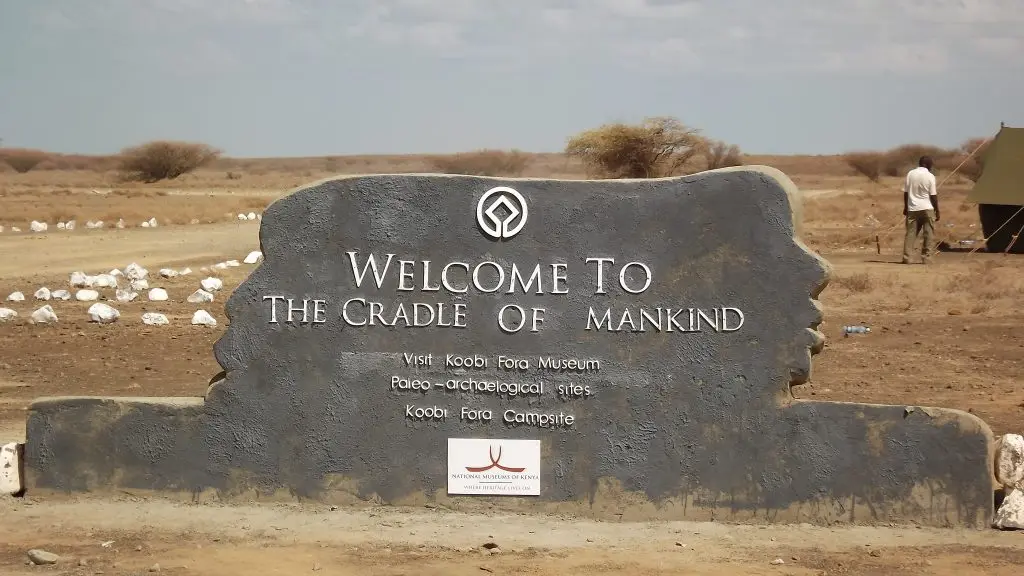
Koobi Fora Museum
Located within Sibiloi National Park, this museum showcases key discoveries that have shaped our understanding of early human history. Koobi Fora has yielded some of the world’s most significant hominid fossils, dating back millions of years.
Visitors can see replicas and real fossils while learning about the scientists and fieldwork behind these breakthroughs. It's a pilgrimage site for scholars, students, and those fascinated by human origins.
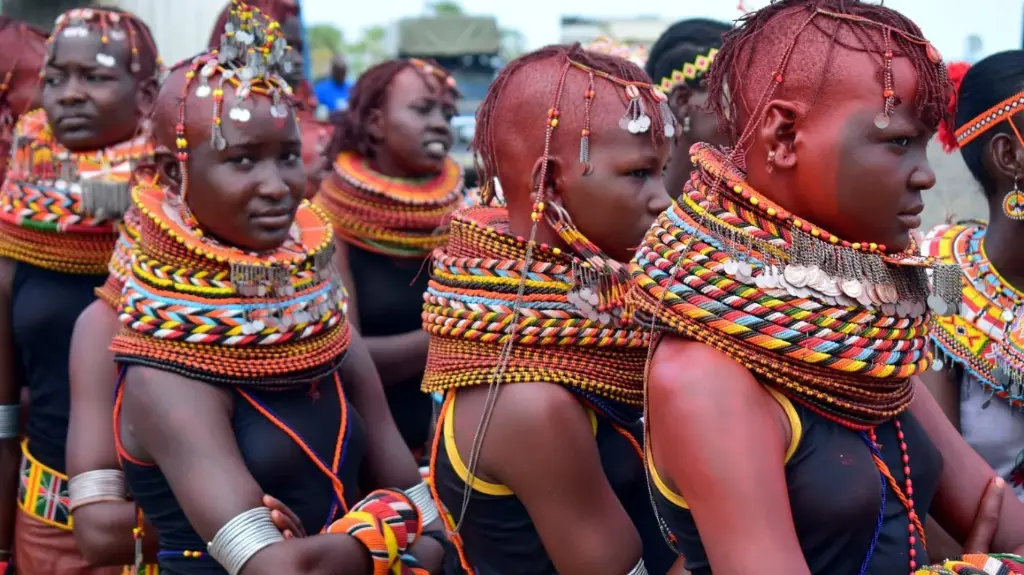
Turkana Cultural Festival
Held annually in the remote town of Loiyangalani, this colorful event gathers over a dozen indigenous communities from northern Kenya. Dressed in traditional attire, communities like the Turkana, Samburu, Rendille, and El Molo showcase their music, dance, rituals, and craftsmanship.
The festival celebrates peace, unity, and cultural heritage, and offers visitors a rare chance to witness authentic traditions that have endured for centuries. It’s immersive, vibrant, and completely off the beaten path.
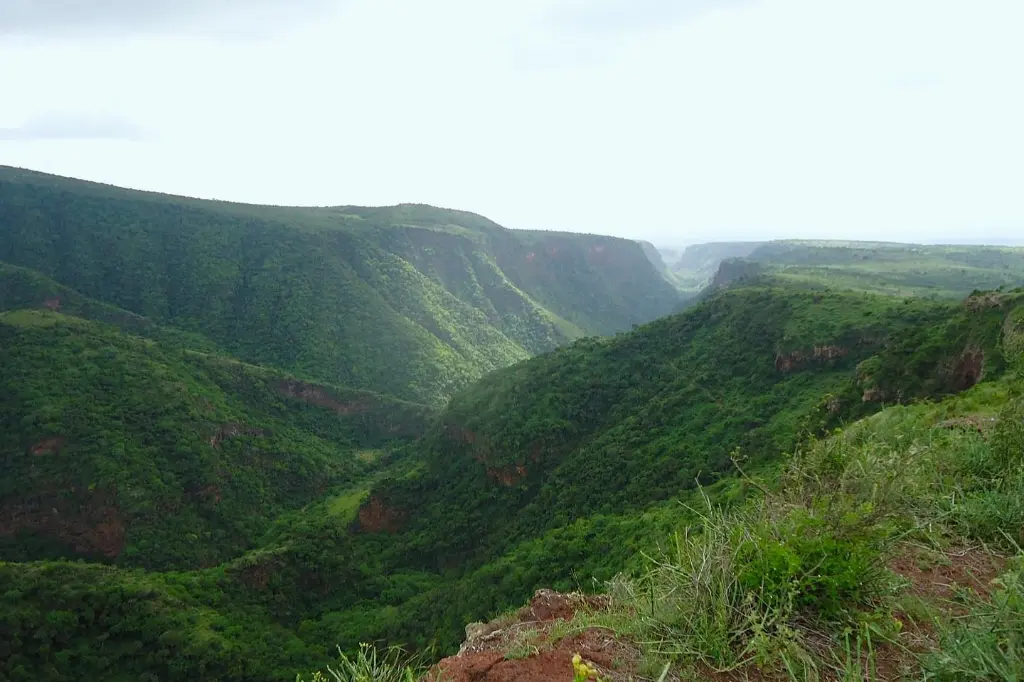
Mount Kulal
Rising to over 2,200 meters above the desert basin, Mount Kulal is a designated UNESCO Biosphere Reserve known for its cool forests, endemic plants, and sweeping views of Lake Turkana. Its microclimate makes it a biodiversity hotspot and a crucial water source in this arid region.
Trekking up the mountain reveals lush vegetation and unique bird species, making it a rewarding challenge for nature lovers and hikers. Local Samburu communities also live around its base, adding cultural depth to the natural experience.
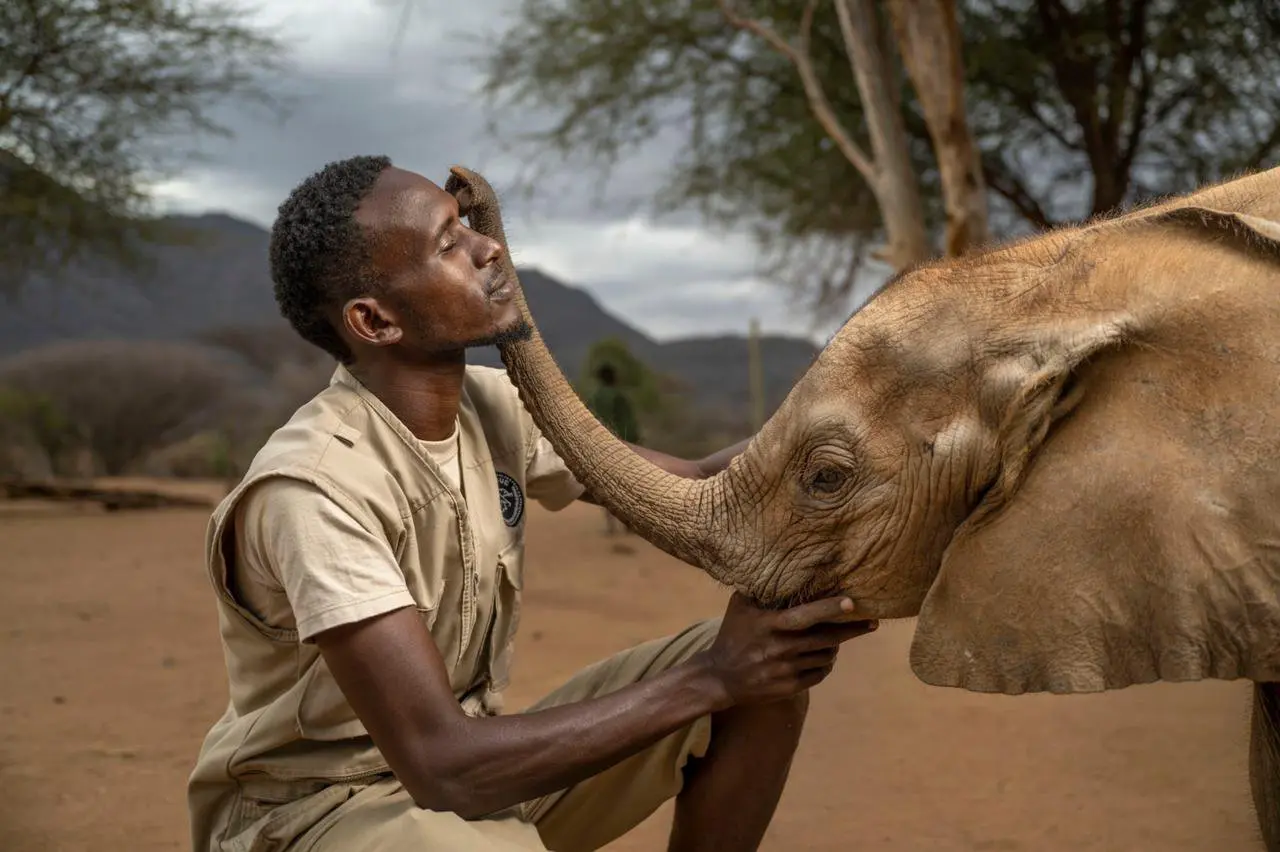
Reteti Elephant Sanctuary
Located in Namunyak Wildlife Conservancy, Reteti is Kenya’s first community-owned elephant orphanage. It rescues and rehabilitates baby elephants that have been orphaned due to poaching, drought, or human-wildlife conflict.
Visitors can witness the elephants’ feeding routines, learn about wildlife conservation, and see firsthand how local communities are leading efforts to protect their environment. The sanctuary is a symbol of hope, compassion, and community-driven conservation in a region that once had limited access to such resources.